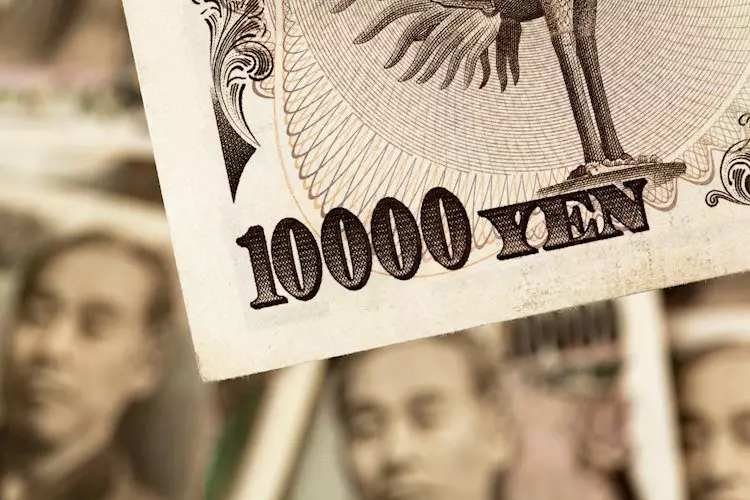The USD/JPY pair experienced a pullback as a result of a risk-off market sentiment that generated safe-haven demand, benefiting the Japanese Yen. This shift in market dynamics put downward pressure on the pair, pushing it towards the 155.00 barrier. Rumors circulating that the Bank of Japan (BoJ) is considering reducing its bond purchases further supported the Yen, causing the USD to weaken against the JPY.
According to reports by Bloomberg, the BoJ might be discussing a reduction in bond purchases at its June meeting. This potential policy move would lead to an increase in Japanese bond yields, given the strong correlation between bond prices and the Yen. The implications of such a decision could be negative for USD/JPY, as it would strengthen the Japanese currency and weaken the US Dollar in the pair.
The US Dollar saw a rebound after a significant sell-off triggered by lower-than-expected ISM Manufacturing PMI data in May. The decline in manufacturing activity, particularly in New Orders and Prices Paid components, raised concerns about future growth and inflation expectations. This led to speculations that the Federal Reserve might consider lowering interest rates, with the probability of a rate cut in September rising to approximately 65%.
Ryozo Himino, the Deputy Governor of the BoJ, expressed concerns about the negative impact of a weak JPY on the economy, emphasizing the need for vigilance regarding currency movements. His remarks hinted at the possibility of the BoJ intervening in the FX markets to support the Yen, which would be detrimental to USD/JPY. Himino also highlighted the consequences of a weak Yen on inflation, indicating the delicate balance between cost-push inflation from imported goods and consumption dynamics.
BoJ’s Policy Normalization
The discussions within the BoJ about reducing bond purchases signify a desire to continue normalizing policy, despite the challenges posed by rising JGB yields. The anticipation of a potential hawkish policy move at the upcoming June meeting has raised concerns among analysts about the future direction of USD/JPY. The focus will now shift to upcoming US jobs data, which will shape the outlook for the pair in the near term.
The USD/JPY pair has been influenced by a combination of market rumors, risk-off sentiment, and macroeconomic factors such as US manufacturing data and BoJ policy discussions. The interplay of these elements has created a volatile trading environment for the pair, with investors closely monitoring developments in the US and Japan. The upcoming decision by the BoJ regarding bond purchases and the implications for Japanese bond yields will likely drive the short-term direction of USD/JPY, while US economic data will provide additional insights into the health of the global economy.

